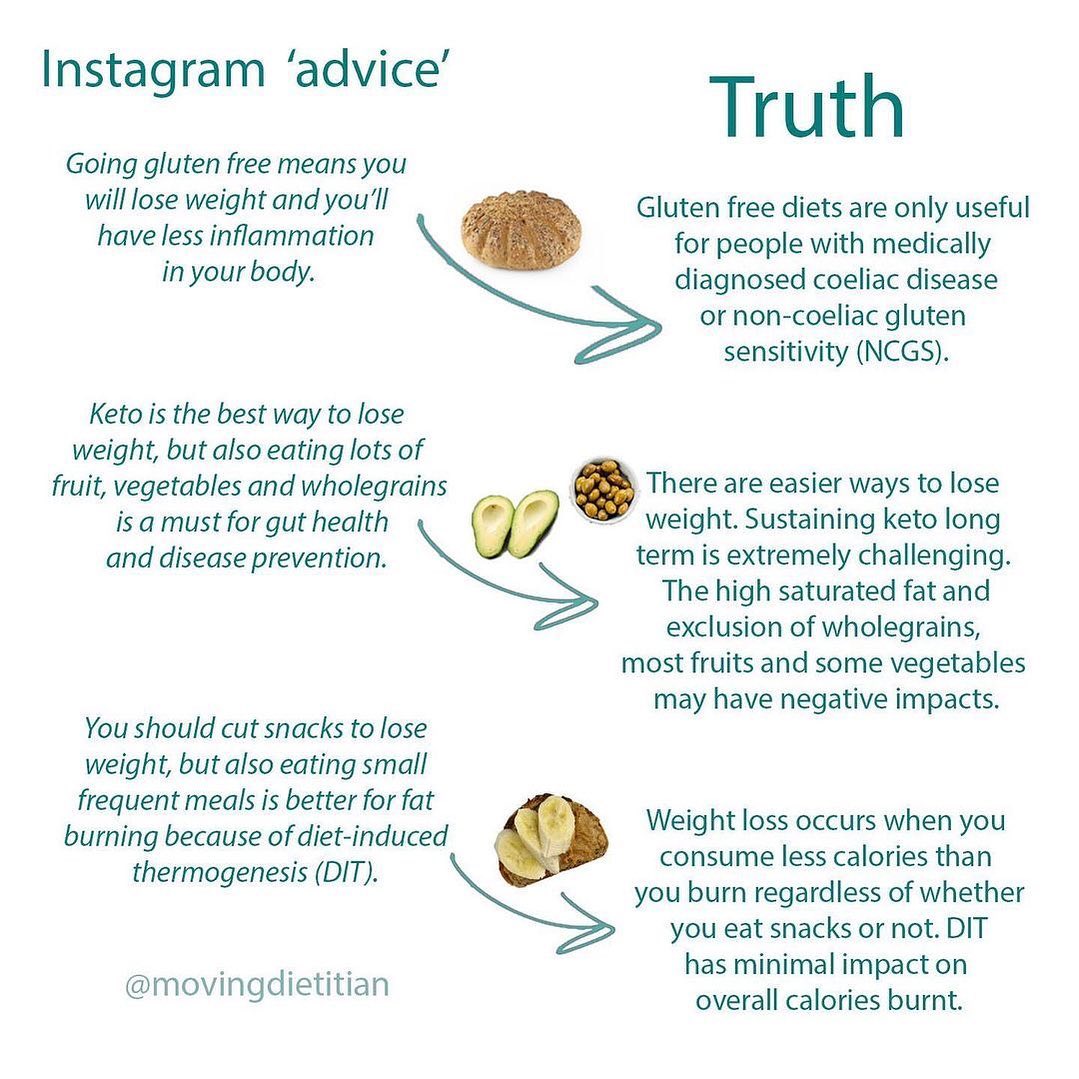creating a balanced plate
⠀
Plants contain micronutrients, fiber, antioxidants, phytochemicals, & polyphenols which are essential for optimal health.⠀
?⠀
Phytochemicals are exclusively found in plants & can be thought of as biologically active compounds of the plants immune system which give fruits & vegetables their bright color. The more phytochemicals we consume, the better our body is able to combat oxidative stress, reduce stress induced apoptosis, decrease inflammation, & protect the gut.⠀
?⠀
As you can see, the meal on the left is meat focused and lacks an abundance of fiber, color, variety. This is very synonymous with the standard American diet which also contains a high amount of processed carbs, sugar, and saturated fat.⠀
?⠀
On the right, you will see a more balanced meal that includes:⠀
1️⃣ Lots of vegetables⠀
2️⃣ An abundance of diverse color⠀
3️⃣ Animal protein is more of a condiment and makes up <20% of the meal⠀⠀
4️⃣ Nutrient-density⠀
?⠀
When creating a balanced plate, aim to include fiber, greens, fat, & protein at every meal, w/ fiber & greens making up the majority of your plate.⠀
?⠀
We are all unique individuals & therefore have different goals & needs. What works for one person may not work for another.⠀
?⠀
When it comes to animal products, consider the source. Choose quality over quantity. Conventionally raised animal products are much higher in pro-inflammatory omega-6 fatty acids compared to wild or pastured animal products, which are higher in anti-inflammatory omega-3s. Since toxins are stored in an animals fat, you want to have the leaner grass-fed option.
[ad_2]






